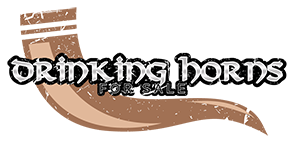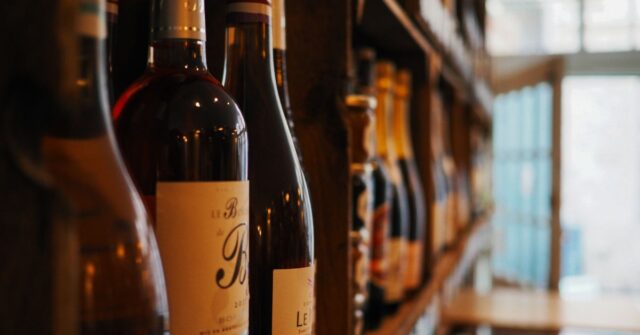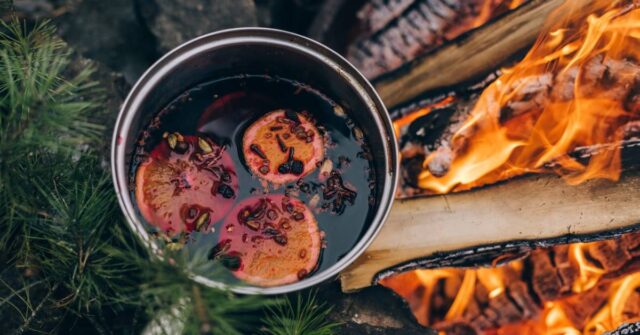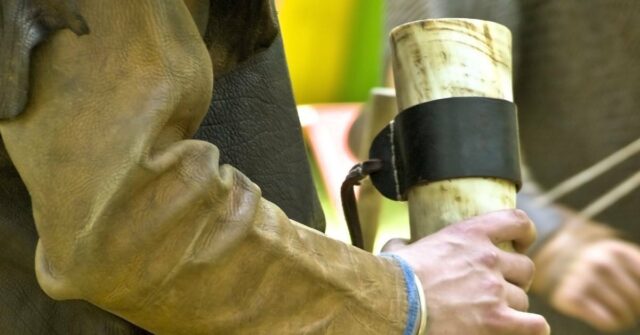Drinking horns have a rich history and unique appeal that continue to capture people’s interest. However, owing to their unique characteristics, certain issues may arise.
This comprehensive guide aims to address these common issues, along with an in-depth look at the history, craftsmanship, and care of drinking horns.
Understanding the History of Drinking Horns
Drinking horns hold a fascinating spot in history, dating back centuries. Before we delve into the issues associated with these artifacts, it’s essential to understand their origin and evolution.
The Ancient Origin of Drinking Horns
The use of drinking horns can be traced back to the classical antiquity period when they were predominantly used by the Greeks and Romans.
These cultures cherished the horns for their aesthetic appeal and the status symbol they represented.
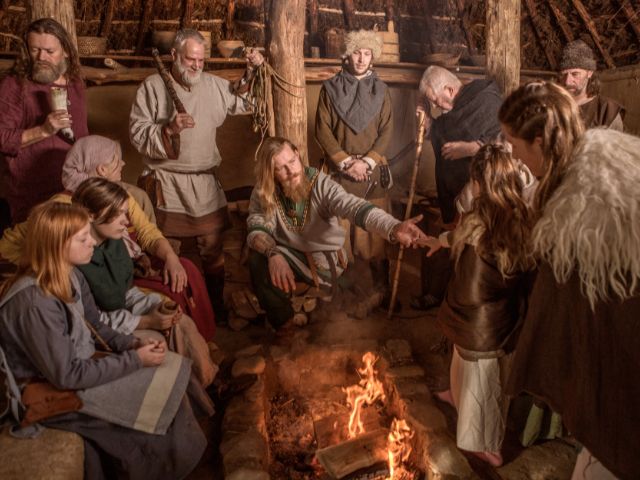
Drinking Horns through the Middle Ages
During the Middle Ages, drinking horns became prevalent in Northern Europe, often associated with the Viking culture. They served both functional and ceremonial purposes, further solidifying their place in history.
Modern-Day Use and Cultural Significance
Today, drinking horns are less about functionality and more about cultural appreciation, historical reenactment, and decorative purposes.
They’re also popular souvenirs and collector’s items, showcasing the cultural and historical aspects of the regions they represent.
The Craftsmanship Behind Drinking Horns
The creation of a drinking horn involves a mix of tradition, skill, and art. Here’s a look at the materials and techniques used in their production.
Materials Used in Drinking Horns
As the name implies, these vessels are typically made from the horn of various animals like cows or goats. Some are adorned with additional materials like metal or wood for embellishment or structural support.
Traditional Methods of Crafting Drinking Horns
Traditional crafting involves cleaning the raw horn, shaping it through heating processes, and finally polishing and often decorating it. This process requires patience and a high level of craftsmanship.
Modern Techniques of Horn Production
While traditional methods are still in use, modern techniques may involve a combination of machine and handcrafting.
These methods can produce a more consistent product but often lack the individual uniqueness found in traditionally crafted horns.
Choosing Your Drinking Horn
Selecting the right drinking horn involves understanding its key features and the different types available.
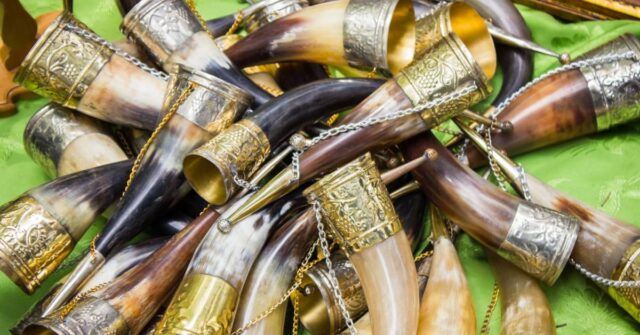
What to Look for in a Drinking Horn
Factors such as size, shape, color, adornment, and the quality of the craftsmanship are vital. It’s also important to ensure the horn has been properly treated and sealed to be safe for drinking.
Understanding Different Types and Sizes
Drinking horns can range from small, handheld items to large, ornamental pieces. The choice depends on your intended use, personal preference, and budget.
Common Issues with Drinking Horns
Despite their unique appeal, drinking horns can present some issues. Let’s delve into the common problems you might face.
Quality Concerns
While a drinking horn’s quality can vary greatly, there are a few common issues to look out for.
Cracks and Leaks
Given the natural material, cracks and leaks can sometimes occur, especially with age or improper care. These not only affect the horn’s functionality but also its aesthetics.
Imperfections in Craftsmanship
Since many horns are handmade, they can have imperfections such as uneven surfaces or inconsistencies in shape and size. While these add to their unique appeal, they may also present practical challenges.
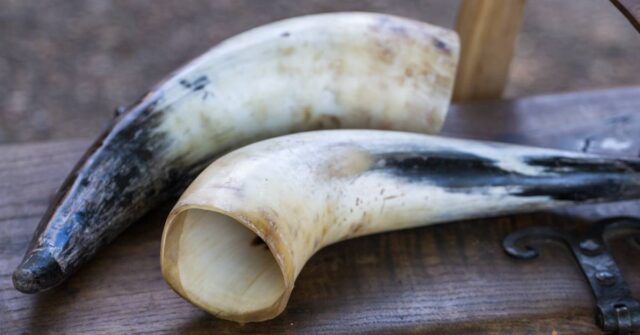
Preservation and Aging
Over time, a drinking horn can show signs of age, which may affect its appearance and usability.
Discoloration Over Time
Exposure to light and changes in temperature can lead to discoloration. This is a common occurrence but can detract from the horn’s appearance.
Odor Issues
If not properly cleaned and cared for, drinking horns can develop an unpleasant odor. This is usually due to the residues of beverages left to sit in the horn.
Usability Issues
There are also usability issues that can be encountered when using a drinking horn.
Stability and Spilling
Given their curved shape, drinking horns may not stand upright when placed on a flat surface, leading to spillage. Some horns come with stands, but not all do.
Difficulty in Cleaning
Due to their shape and material, drinking horns can be challenging to clean, especially the inside. This can lead to hygiene issues if not adequately addressed.
How to Care for Your Drinking Horn
Proper care can mitigate many common issues with drinking horns. Here are some maintenance tips.
Cleaning and Maintenance
Regular cleaning is crucial to preserve your horn and prevent odors. Use mild, non-abrasive cleaners and ensure the horn is thoroughly dried after each wash to prevent moisture buildup.
Storing Your Drinking Horn Properly
Store your drinking horn in a cool, dry place out of direct sunlight to prevent discoloration and cracking.
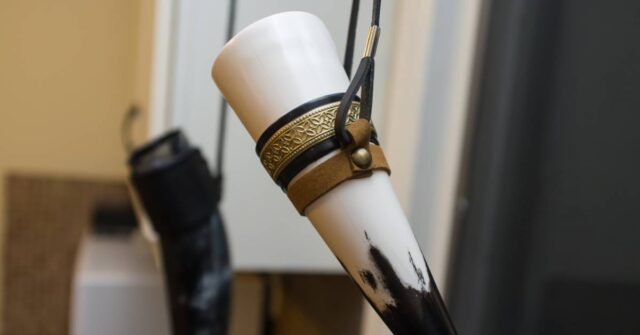
Solving Common Issues
While prevention is the best approach, issues can still arise. Here’s how to deal with them.
Fixing Cracks and Leaks
Cracks can sometimes be repaired using food-safe epoxy or a similar sealant. However, if the cracks are severe, it might be time to consider a new horn.
Dealing with Discoloration
Minor discoloration can often be managed with careful cleaning. In case of severe discoloration, professional restoration might be necessary.
Eliminating Odor
Proper cleaning can usually eliminate any odors. For persistent smells, a baking soda and water solution can help neutralize the odor.
Improving Stability
For stability issues, consider purchasing a stand or holder for your drinking horn. This can prevent spillage and provide a display option when the horn is not in use.
Tips for Easier Cleaning
Consider using a bottle brush for more thorough interior cleaning, and always dry your horn upside-down to ensure all water is drained out.
Alternative Uses of Drinking Horns
Aside from their traditional use, drinking horns can serve other purposes.
As Decorative Pieces
Their unique aesthetic makes drinking horns great for decorative purposes, adding a touch of history and culture to any setting.
As Musical Instruments
Historically, some cultures used drinking horns as signalling devices or musical instruments, a practice that has been revived in some folk music.

Frequently Asked Questions About Drinking Horns
This section addresses some common questions about drinking horns, providing further insight into their use and care.
Conclusion: Making the Most of Your Drinking Horn
With a good understanding of their history, craftsmanship, and common issues, you can truly appreciate and care for your drinking horn.
Remember, each horn tells a story, and with proper care, yours can be preserved for years to come.
